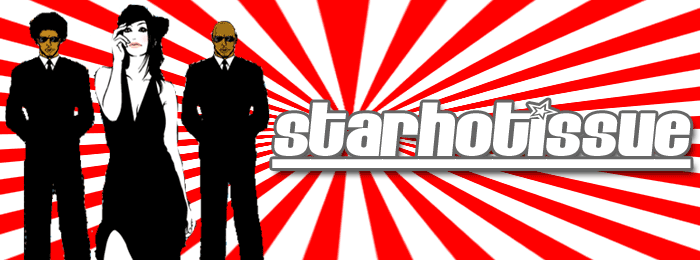MOVIE : The Simpsons, Bigger and Better
The Simpsons, Bigger and Better
In episode 607 of South Park, Butters, in his guise as Professor Chaos, dreams up a host of insidious schemes—blocking out the sun, decapitating a South Park statue, selling the town a monorail—only to be told that these had already been spun out on a certain animated TV series. "How come every time I think of something clever," Butters asks, "The Simpsons already did it?"
The episode was a tribute from one cadre of cartoon geniuses—South Park's Trey Parker and Matt Stone—to another, earlier one: Matt Groening, James L. Brooks and their team of highly educated misfits, who developed Groening's crudely drawn one-minute Tracey Ullman Show vignettes of a chinless yellow family into a half-hour sitcom, nay, a veritable comedy cosmos that this fall begins its record-breaking 19th season on Fox.
Once they had produced 400 shows and run a zillion variations on Homer's Brobdingnagian stupidity, Marge's slow burn, Bart's overachieving impishness, Lisa's displaced intelligence and Maggie's muteness, The Simpsons' caretakers faced another challenge. How could they expand 22 min. of content into a coherent, cholerically funny, 87-min., worth-paying-for laff riot shown on a wall in a mall? And beyond how—why? Maybe because Parker and Stone had proved it could be done, splendidly, with their 1999 South Park: Bigger, Longer & Uncut. Anyway, here's The Simpsons Movie. It was worth waiting for.
In an ecologically threatened Springfield, Homer fouls the local lake with the refuse of a pig he's fallen in love with. The place is declared a disaster area, and an evil government bureaucrat orders that the town be domed. Having alienated everyone with his idiocy, Homer must prove himself a hero: "Risking my life—to save people I hate—for reasons I don't really understand."
The film, written by 11 guys, and directed by David Silverman in the old-fashioned, hand-drawn way, looks surprisingly spiffy on the big screen. It's rated PG-13 (for brief frontal nudity), but vulgarity was never the envelope The Simpsons pushed. Its goal was density, comic congestion, the vacuum-packing of cool gags and grotesque-sympathetic characters into the shortest span possible.
The little miracle of the movie is that this plays out at four times the length without giving you a headache. The film finds its own pace, and it keeps its personality. It doesn't try to be ruder or kinkier, just bigger and better. It follows a rule Brooks laid down at the beginning of the series: Don't be afraid to show emotion. Audience, that goes for you too when you watch Homer and Marge's worst ever marital crisis. Sob away unabashedly.
So, for those of you who were wondering if a great TV show could top itself at feature-film length, the good news is that The Simpsons did it! But South Park did it first.
Source : http://www.time.com/time/arts/article/0,8599,1647331,00.html




